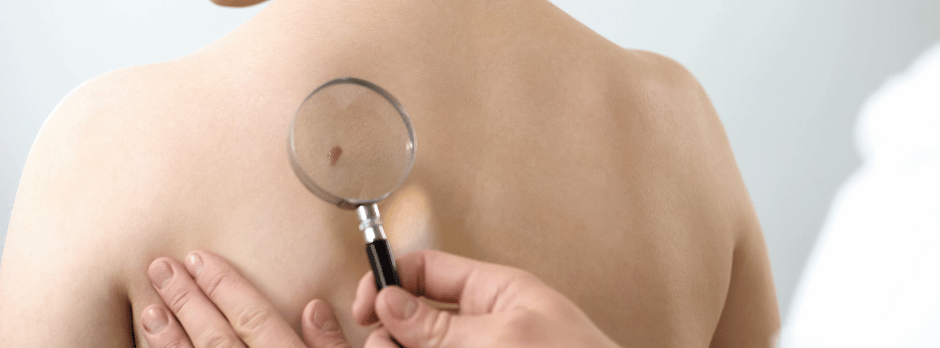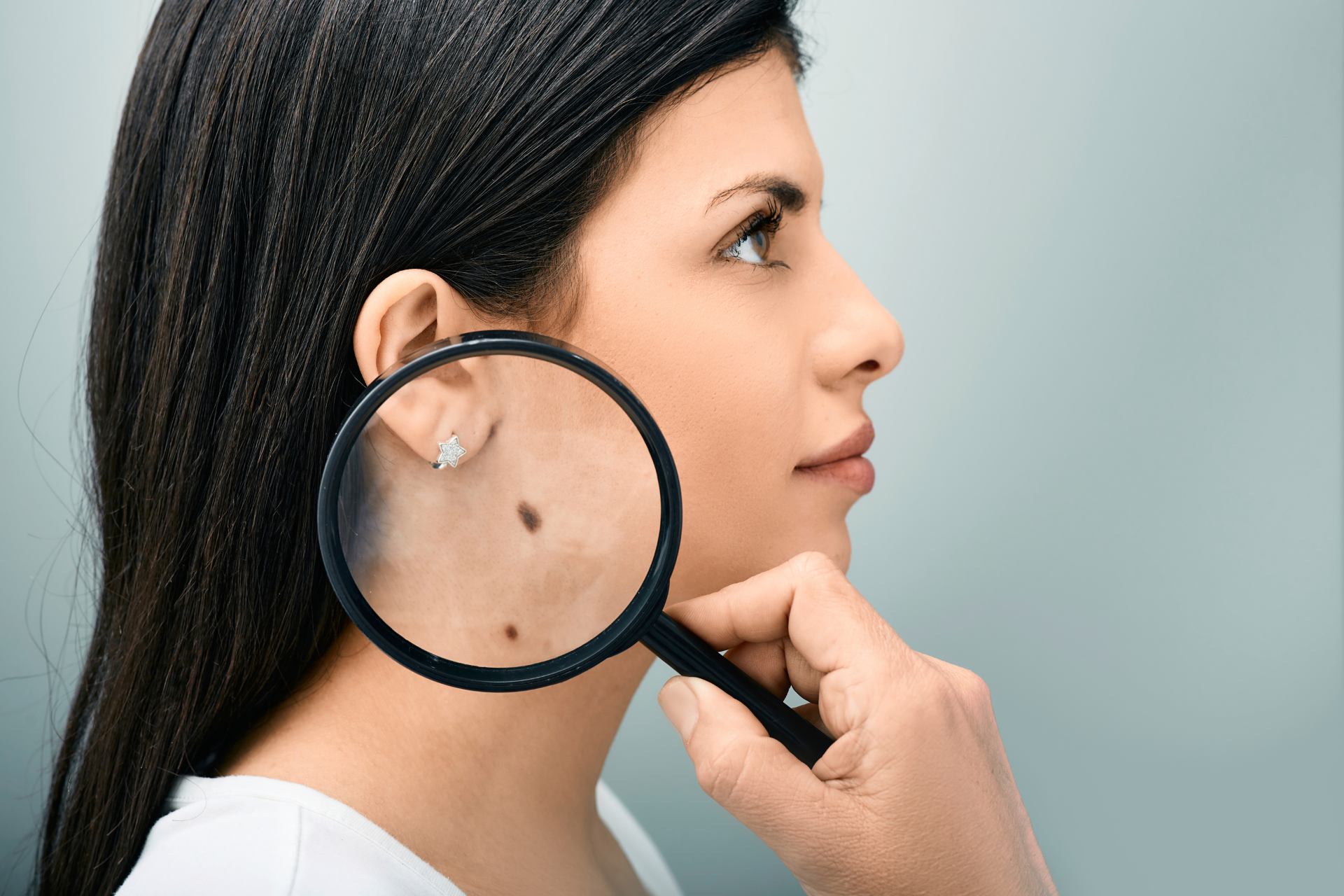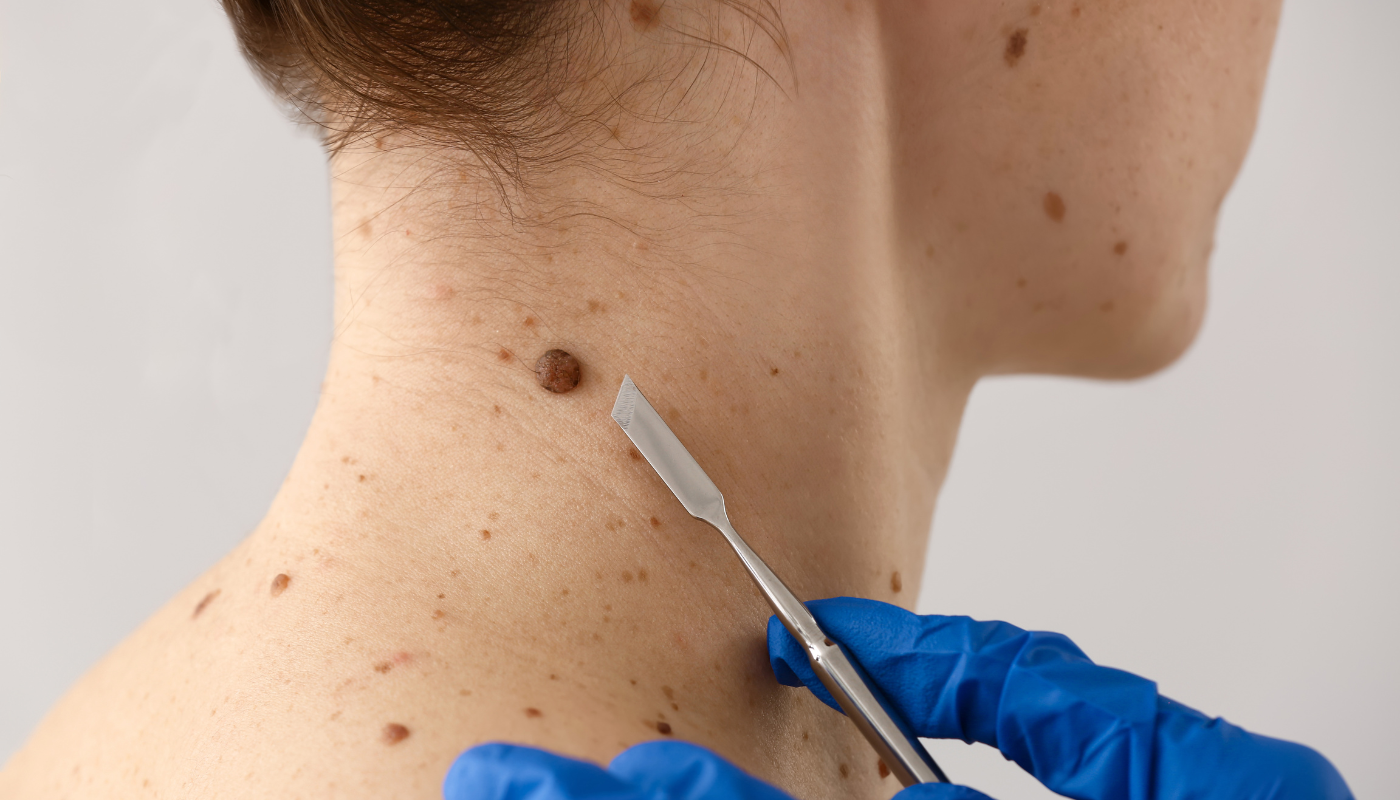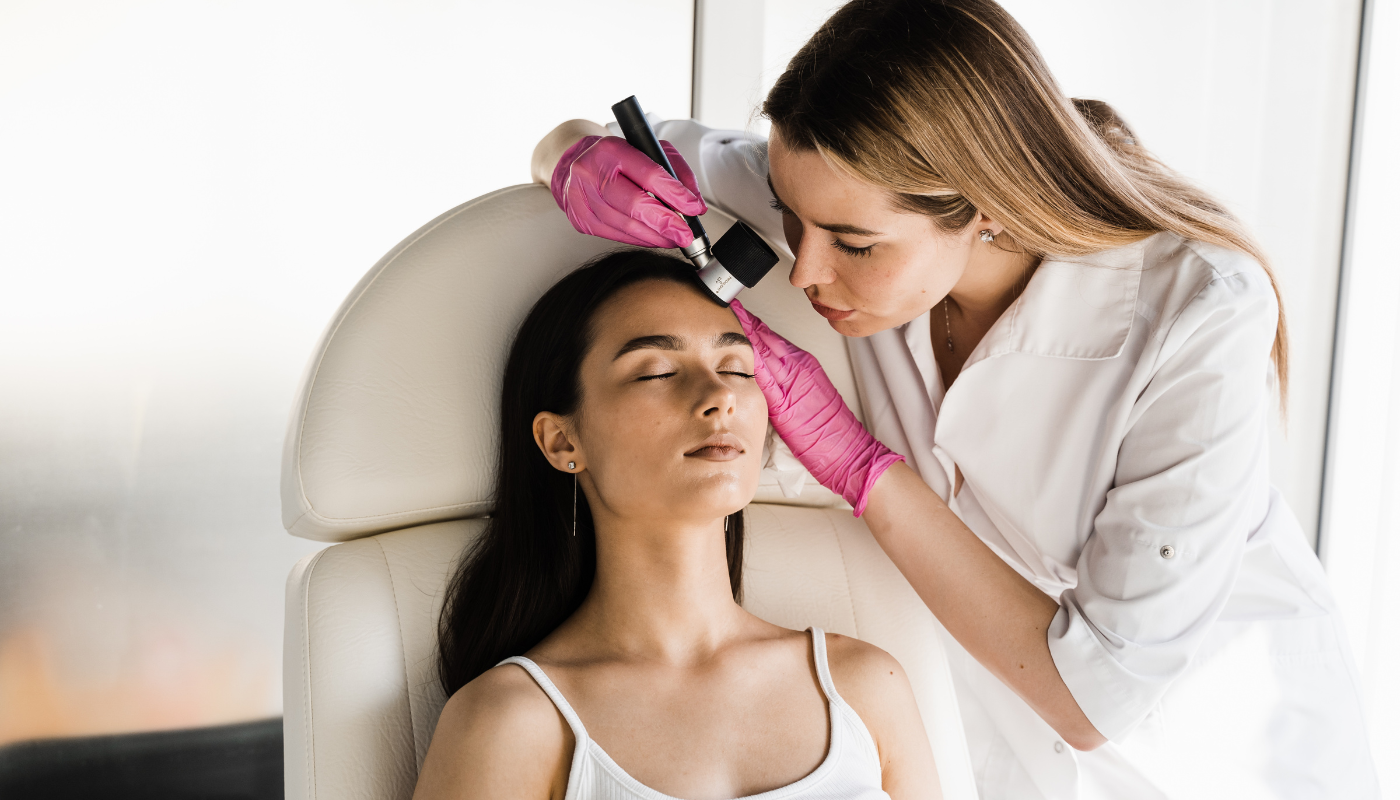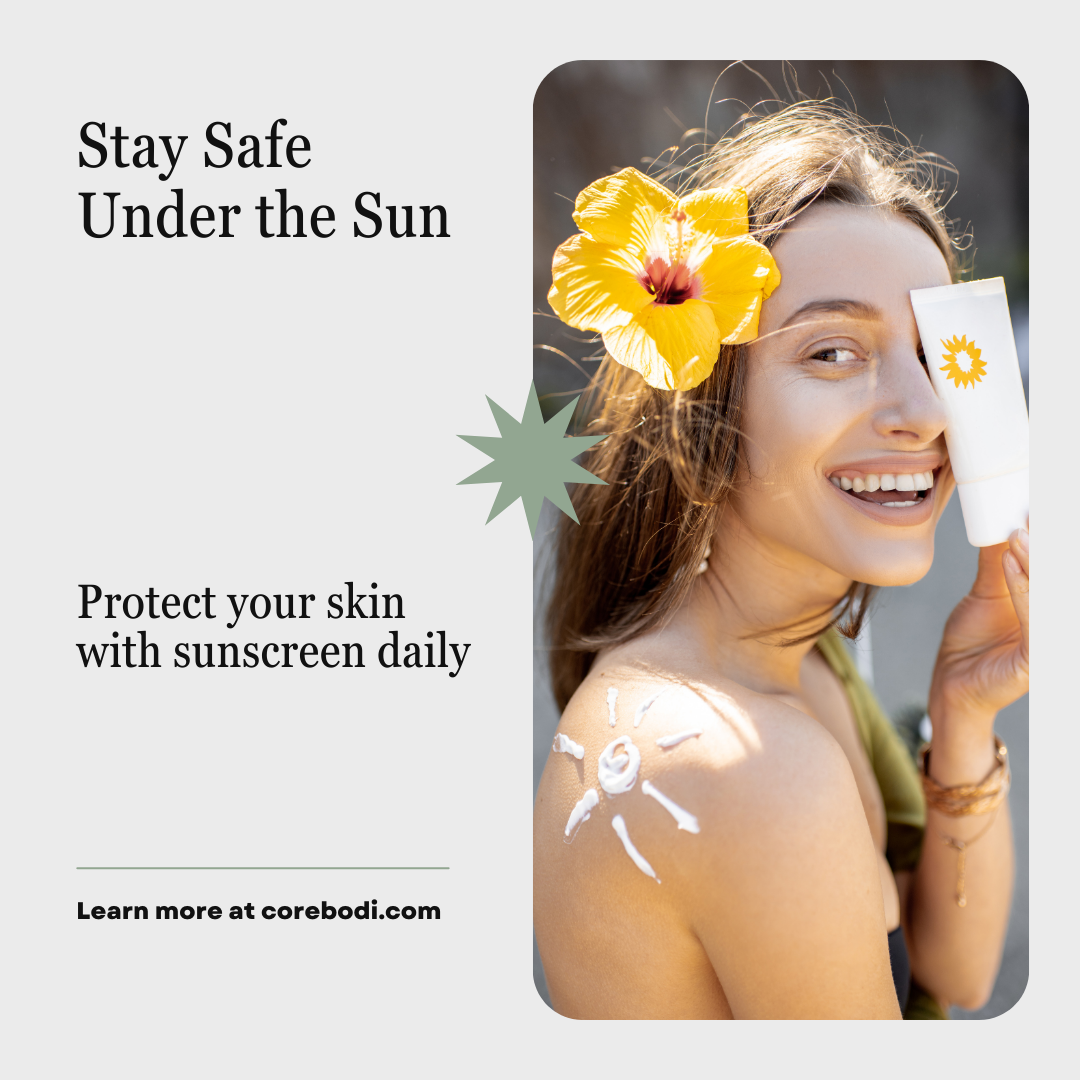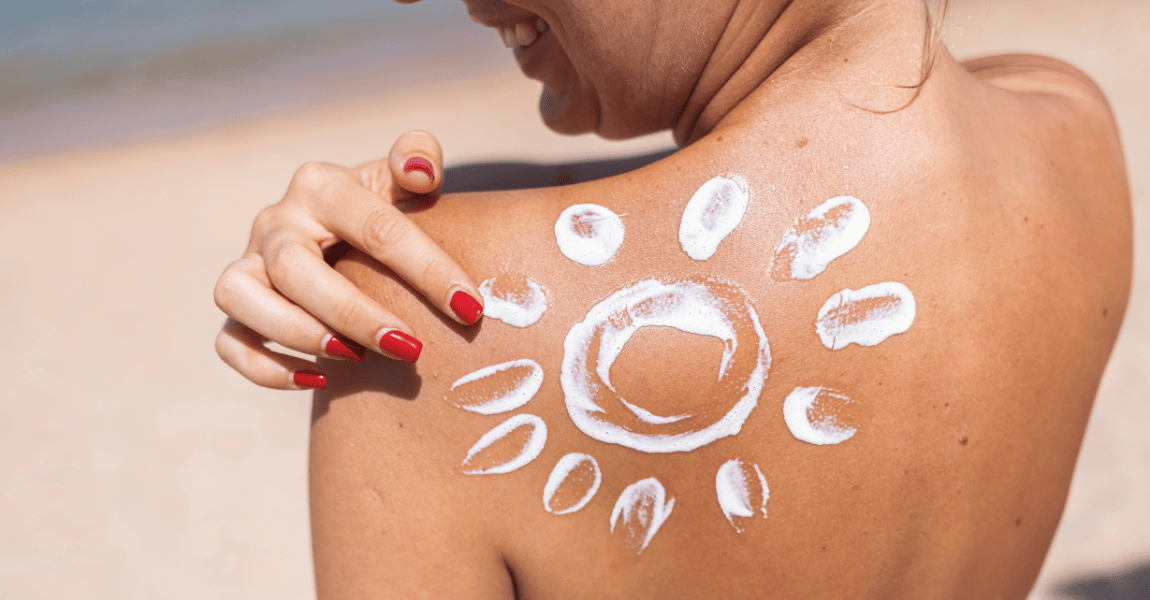What Are the Early Signs of Skin Cancer
The Early Signs of Skin Cancer - What Are They?
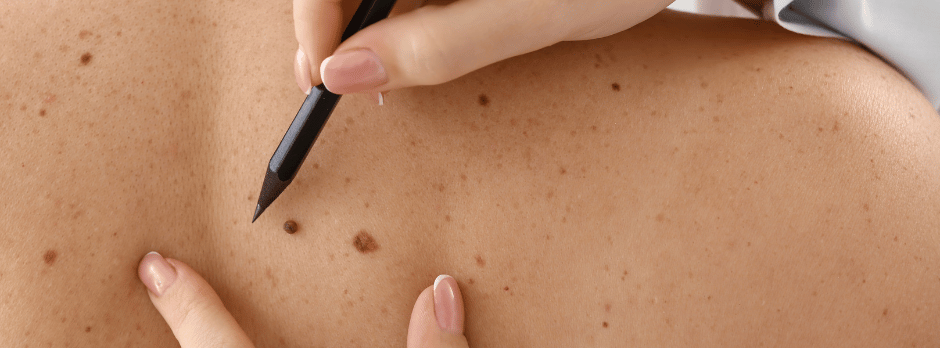
A Complete Guide to Recognising the Warning Signs Before It's Too Late.
Skin cancer is the most common form of cancer in Australia, with more than two in three Australians diagnosed by the age of 70.
Despite its prevalence, it’s also one of the most preventable and, when detected early, highly treatable forms of cancer.
But to prevent or treat skin cancer effectively, awareness is key—especially when it comes to recognising the early signs.
This article explores everything you need to know about the early indicators of skin cancer: how to spot them, what types of skin cancer exist, when to seek medical advice, and how you can reduce your risk.
Understanding Skin Cancer
Skin cancer develops when skin cells are damaged—most often by ultraviolet (UV) radiation from the sun or tanning beds.
This damage causes abnormal cell growth, leading to cancer.
There are three major types of skin cancer:
- Basal Cell Carcinoma (BCC) – the most common and least dangerous.
- Squamous Cell Carcinoma (SCC) – more serious but generally treatable.
- Melanoma – the deadliest form of skin cancer if not detected early.
Each type presents differently on the skin, which makes identifying them crucial for early intervention.
The Importance of Early Detection
Why does early detection matter?
The survival rate for skin cancer, particularly melanoma, is significantly higher when caught in the early stages.
For example: 99% of people diagnosed with early-stage melanoma survive for at least 5 years.
Once melanoma has spread (metastasised), that rate can drop to less than 30%.
Simply put, spotting suspicious skin changes early can save your life.
What Are the Early Signs of Skin Cancer?
1. Changes in Existing Moles
One of the most well-known signs of skin cancer is a mole that starts to change.
This could include:
- Size: The mole gets larger, especially if it’s growing quickly.
- Shape: The edges become irregular, jagged, or blurred.
- Colour: The mole has multiple colours or becomes darker.
- Elevation: The mole becomes raised after being flat.
- Sensation: It may itch, bleed, or become painful.
Use the ABCDE rule to assess suspicious moles:
| Letter | Meaning | What to Look For |
|---|---|---|
| A | Asymmetry | One half doesn't match the other. |
| B | Border | Irregular, scalloped, or poorly defined edges. |
| C | Colour | Multiple colours or uneven shading. |
| D | Diameter | Larger than 6mm (the size of a pencil eraser). |
| E | Evolving | Any change in size, shape, colour, or symptoms. |
2. New Growths or Spots
If a new mole or spot appears and looks different from others on your body, it should be monitored.
New growths that:
- Are pearly or translucent
- Appear pink, red, or shiny
- Look like sores that don’t heal
- Have a crusty or bleeding surface
…can all be early signs of Basal Cell Carcinoma or Squamous Cell Carcinoma.
3. Sores That Don’t Heal
If you have a sore that:
- Lasts for more than 3 weeks
- Heals and then reopens
- Bleeds easily
…it could be a warning sign of skin cancer, particularly SCC.
While it’s common to mistake these for minor injuries or cuts, persistent sores should not be ignored.
4. Itching, Pain, or Tenderness
Most moles or freckles are painless.
If you notice a spot that begins to itch, hurt, or feel tender—even if there are no visible changes—it’s a good reason to get it checked.
5. Red or Scaly Patches
Early signs of SCC often appear as:
- Rough or scaly red patches
- Areas that crust or bleed
- Lesions that resemble warts
These may appear on sun-exposed areas such as the face, ears, neck, hands, or arms.
6. Nodules or Lumps
Firm, red or flesh-coloured lumps that appear and grow slowly over time can indicate SCC.
A waxy, shiny bump may suggest BCC.
7. Dark Streaks Under Nails
Melanoma can occasionally develop under the fingernails or toenails, particularly in people with darker skin.
If you notice:
- A dark stripe under the nail
- Pigmentation around the nail
- Nail distortion or splitting
…see a doctor immediately.
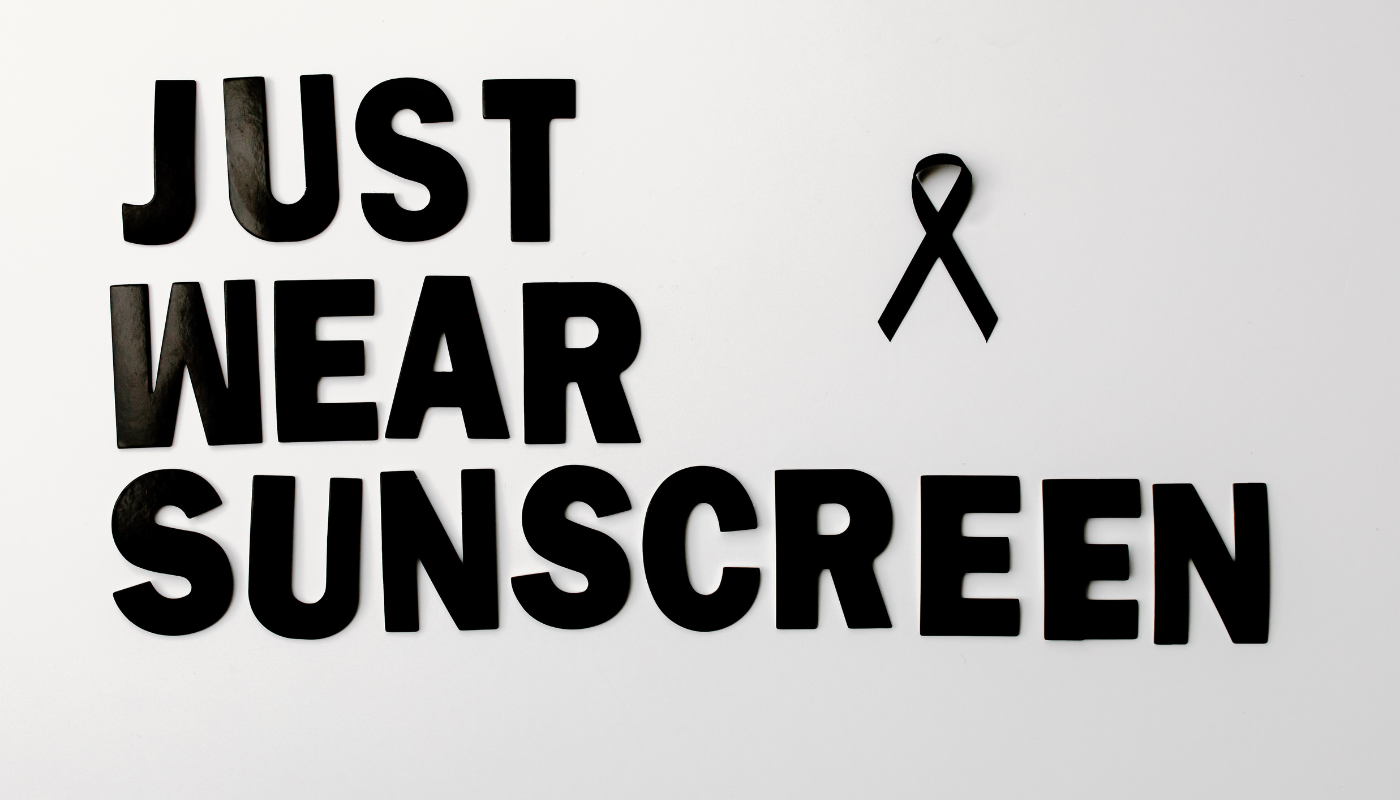
Where on the Body Does Skin Cancer Commonly Appear?
Although skin cancer can appear anywhere on the body, it is more likely to occur in areas with high sun exposure:
- Face, scalp, and ears
- Neck and shoulders
- Back and chest
- Arms and hands
- Legs and feet (especially in women)
Melanomas, however, can develop even in areas that receive little sun exposure, like between the toes, under fingernails, or on the soles of the feet.
Who Is Most at Risk?
While anyone can develop skin cancer, certain factors increase your risk:
- Fair skin, light eyes, and light hair
- History of sunburns or excessive sun exposure
- Use of tanning beds
- A large number of moles or unusual moles
- Family or personal history of skin cancer
- Older age
- Weakened immune system
Even if you don’t fall into these categories, it’s essential to stay vigilant.
When to See a Doctor
It’s best to err on the side of caution.
Make an appointment with your GP or dermatologist if:
- You notice a new mole or skin lesion.
- An existing spot starts to change in appearance or sensation.
- You have a sore that doesn’t heal.
- You observe any of the ABCDE signs.
Doctors may perform a dermatoscopic exam (using a magnifying instrument) and may take a biopsy to confirm a diagnosis.
Skin Checks: How Often and What to Do
Self-Checks
You should perform a skin self-exam once a month.
Use a full-length mirror and a hand mirror to check all areas of your body, including:
- Scalp
- Back
- Buttocks
- Soles of feet
- Between toes
- Under fingernails
Document any spots with photos to monitor changes over time.
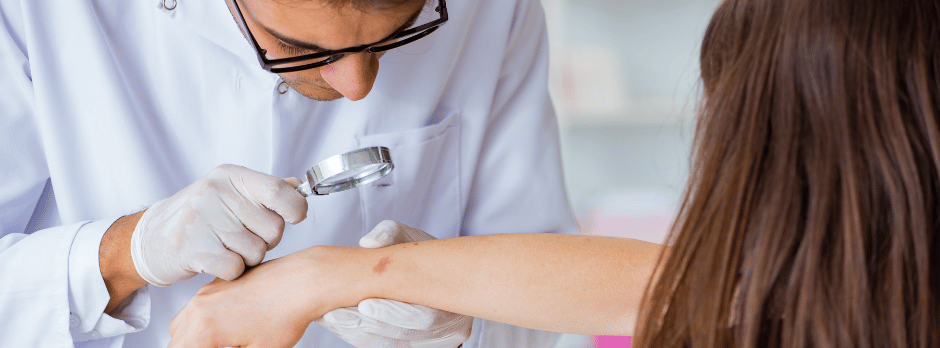
Professional Skin Checks
In Australia, it's recommended to have a professional skin check:
- Annually if you're at moderate to high risk.
- Every 6 months if you've had skin cancer before or have multiple risk factors.
Dermatologists and skin cancer clinics use advanced imaging and monitoring techniques to catch cancer at the earliest stage possible.
Can Skin Cancer Be Prevented?
Yes—many cases of skin cancer are preventable.
Here's how:
1. Sun Protection
- Wear SPF 30+ (or higher) broad-spectrum sunscreen daily.
- Reapply every 2 hours when outdoors.
- Wear wide-brimmed hats, sunglasses, and protective clothing.
- Seek shade during peak UV hours (10 am to 4 pm).
- Check the daily UV index and take extra precautions when it's 3 or higher.
2. Avoid Tanning Beds
There is no safe level of tanning bed use.
They significantly increase your risk of melanoma.
3. Be Aware of Your Skin
Know your body.
Notice what’s normal for you and act quickly if something looks or feels different.
Final Thoughts
Skin cancer can be silent, sneaky, and sometimes deadly—but it's also one of the most visible cancers, and that makes it highly beatable when detected early.
So what are the early signs of skin cancer?
They include changes in moles, new spots that look or feel unusual, sores that won’t heal, and unusual sensations like itching or pain.
By learning the signs, performing regular skin checks, and protecting your skin from UV radiation, you are taking powerful steps toward prevention and early intervention.
Don't wait until it's too late—because when it comes to skin cancer, early action can save your life.
Quick-Reference Summary: Early Signs of Skin Cancer
| Symptom | What to Look For |
|---|---|
| Mole Changes | New size, colour, shape, or elevation |
| New Spots | Pearly, red, crusty, or abnormal in appearance |
| Sores | That won't heal or keep reopening |
| Itching/Pain | Persistent irritation or sensitivity |
| Scaly Patches | Red, rough, or wart-like skin lesions |
| Nail Changes | Dark streaks or discoloration under nails |
| Firm Lumps | Red or skin-coloured nodules on sun-exposed skin |
More Skin Tips.
CoreBodi

